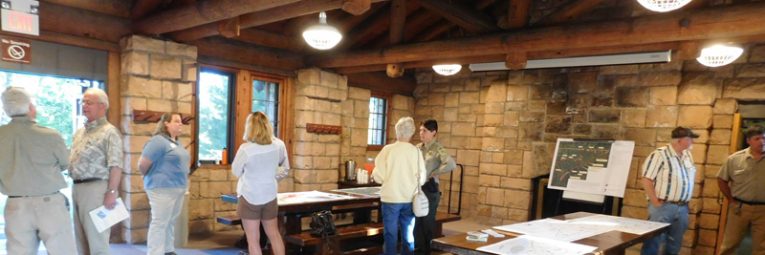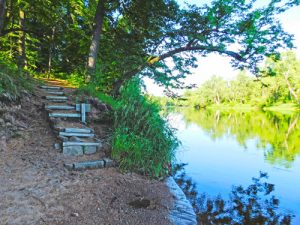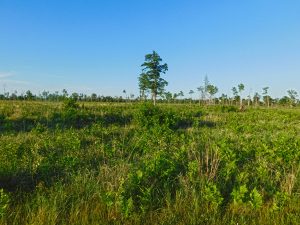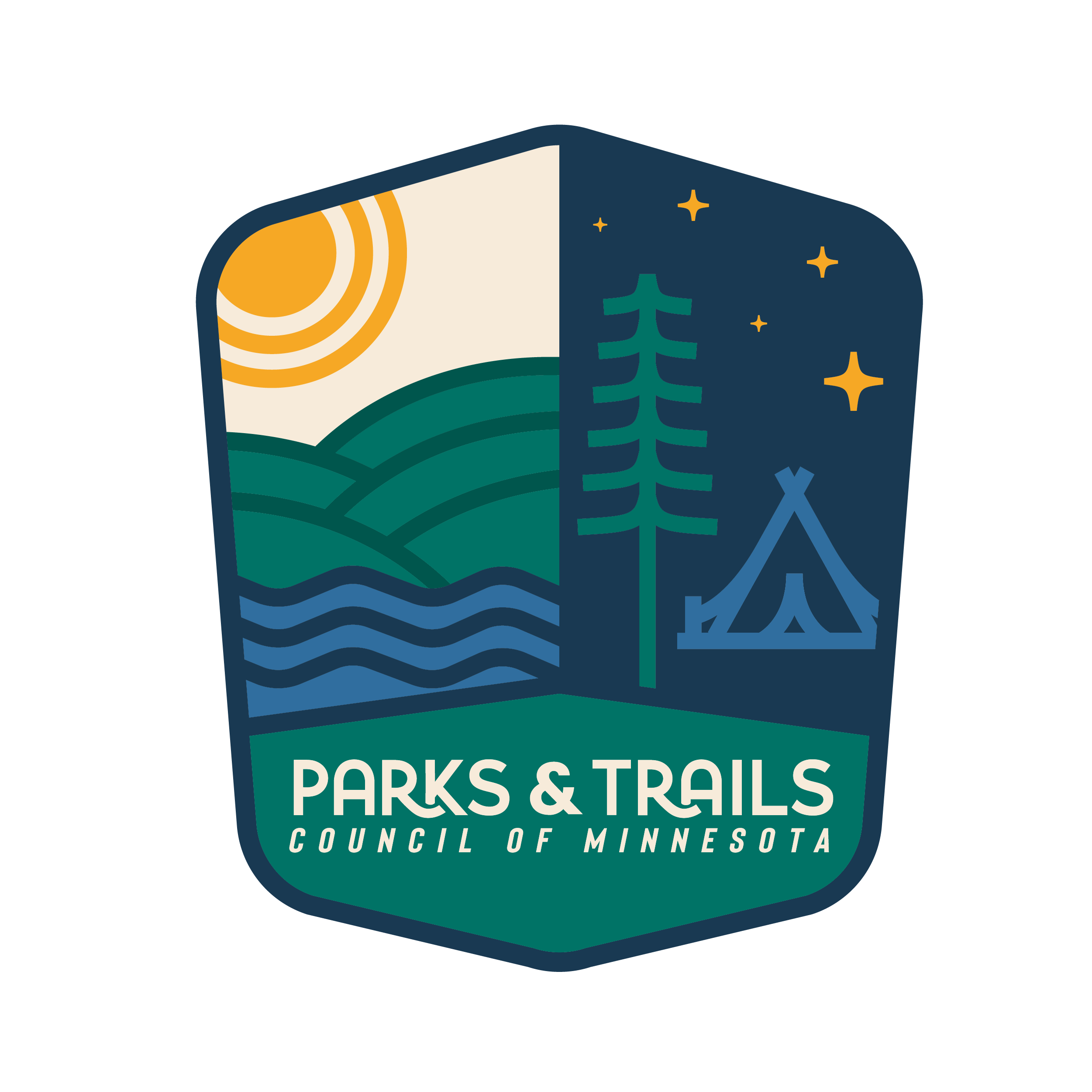
Major blowdown spurs plans for a new future at St. Croix State Park
Waterfalls, prairies, woods, creeks… these are what make a state park a state park. But there’s another element that’s more hidden that plays a big role in how we experience a park—the management. Not only does management influence the resources themselves, for example prescribed burns can keep a prairie from turning into a forest; but it often shapes the way we interact with those resources, by building a trail to the river for example. If you want a say in management, a good start is to provide input on the master plan.

Park visitors can hike a trail along St. Croix River.
This spring planners began the process to create a master plan for St. Croix, which is the largest state park in Minnesota. Having been created before the master plan was a requirement, this will actually be the first plan for the park. This plan will be significant for another reason too. The DNR recently designated St. Croix as a “destination” park and lead planner Jade Templin explained that this “gives us our first chance to incorporate the new idea of a destination park into a plan and more fully develop what it means.”
On June 16 the public was invited to an open house to share ideas for the plan. A handful of people showed up. Some had concerns about specific ways they use the park, such as horseback riding. Others wanted to share their hopes for a new long-distance footpath along the river connecting St. Croix to Banning State Park. And still others were just curious about the process. St. Croix does not have a friends group, as many other parks do, otherwise they would likely be a key group to provide input on a master plan.
The public can still provide input and learn about the plan by visiting the planning webpage (see sidebar for address). The public can also join the citizen advisory committee. “This group becomes a sounding board as we develop ideas for the plan, explained regional interpretive supervisor Kacie Carlson. “We pitch ideas around as a group.” They will meet about four times this summer. The goal is to have a final plan completed by the end of the year.

Once a dense forested area, but after the 2011 blowdown, this area is transitioning toward a pine barren reminiscent of pre-settlement times.
Part of what spurred action on planning for the park was the severe windstorm that ripped through St. Croix State Park in July 2011. Within hours, the park was transformed with thousands of acres of dense forest blown down. Since then park staff have been working to restore the park and began to see this as an opportunity to plan for a new future. At the open house, the natural resource staff explained that before European settlement much of the land around St. Croix was a pine barrens and the blowdown has given them the opportunity to restore that ecosystem. As such, the formerly dense pine forests will be managed to have fewer trees.
Templin said the planning process will likely explore creating shorter, loop trails in the park. “Right now if you want to go for a hike, you’ll need to be prepared for an all-day hike unless you back-track.” A possible redesign of the campground is also a subject ripe for discussion.
Follow the planning process for St. Croix and provide input at: www.dnr.state.mn.us/input/mgmtplans/parks/st_croix.html
About Lisa Filter
News Categories
Recent News
-
Painting the park office at... January 7, 2025
-
We have a new CRM December 11, 2024
-
Vote yes on Lottery proceeds October 29, 2024
-
Two Friends Groups receive ... August 28, 2024
-
Share your opinion on fundi... August 27, 2024
